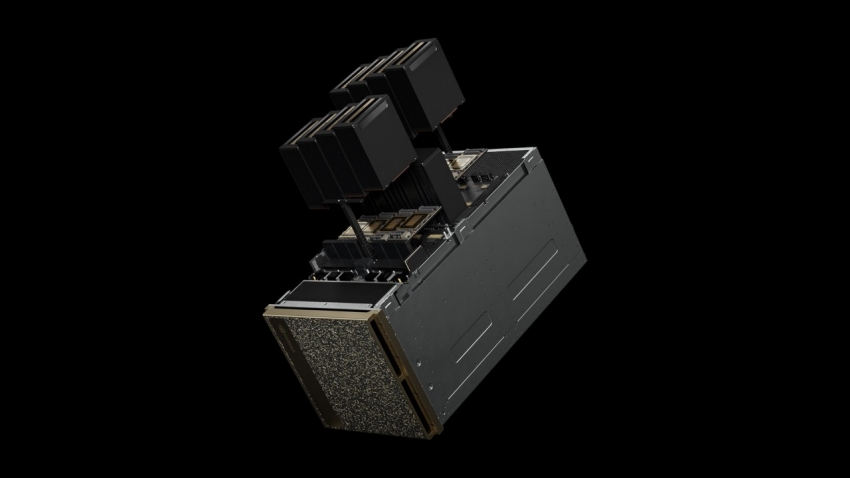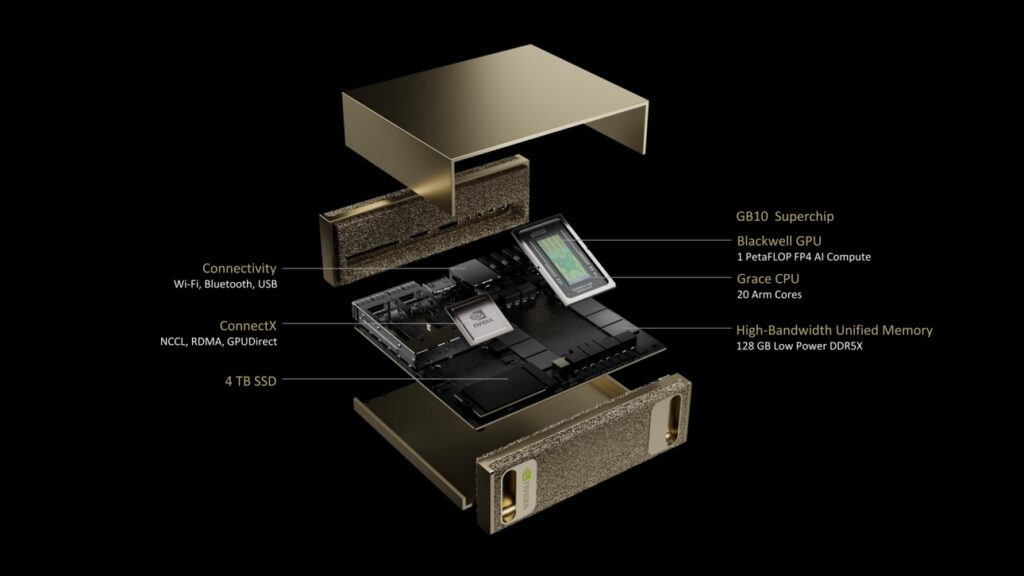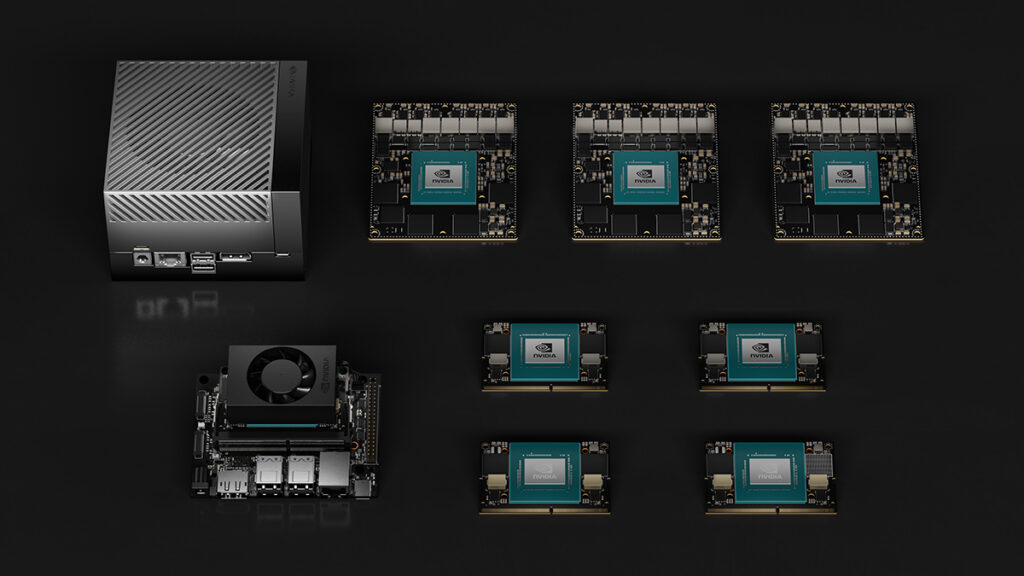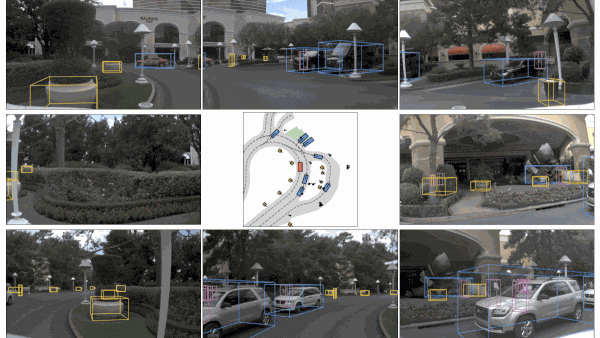Top Python Libraries: A Comprehensive Guide
Starting with Python? Exploring its essential libraries will make your learning process much smoother. Python’s versatility comes from its wide range of libraries that help with everything from simple tasks to complex algorithms. These libraries save time, reduce complexity, and help you focus on the task rather than reinventing the wheel.
What Are Python Libraries?
A library in Python is like a toolbox filled with pre-written code that helps you complete tasks efficiently without starting from scratch. As a toolbox that contains specialized tools for different jobs, Python libraries provide ready-made functions and methods to save you time and effort.
For instance, instead of writing your functions for data manipulation or complex calculations, you can use NumPy or Pandas to handle these tasks instantly. It’s like building a house—you wouldn’t create your hammer or screwdriver; you pick the right tool from your toolbox. Similarly, in Python, you choose the correct library for the task, whether analyzing data, training a machine learning model, or developing a web application. These libraries act as pre-made solutions, allowing you to focus on solving problems and building projects efficiently.
In this blog, we’ll explore the top Python libraries every beginner should know, categorized by data science, deep learning, web development, and computer vision. Whether you’re working with data, building machine learning models, or developing web apps, this list will help you choose the right tools for your projects.
New to Python? Get structured guidance with our Free Python Course! Learn the fundamentals, best practices, and real-world applications to kickstart your programming journey. Sign up today and start coding!
Let’s dive in!
1. Data Science and Analysis Libraries
NumPy: Numerical Computing and Array Manipulation
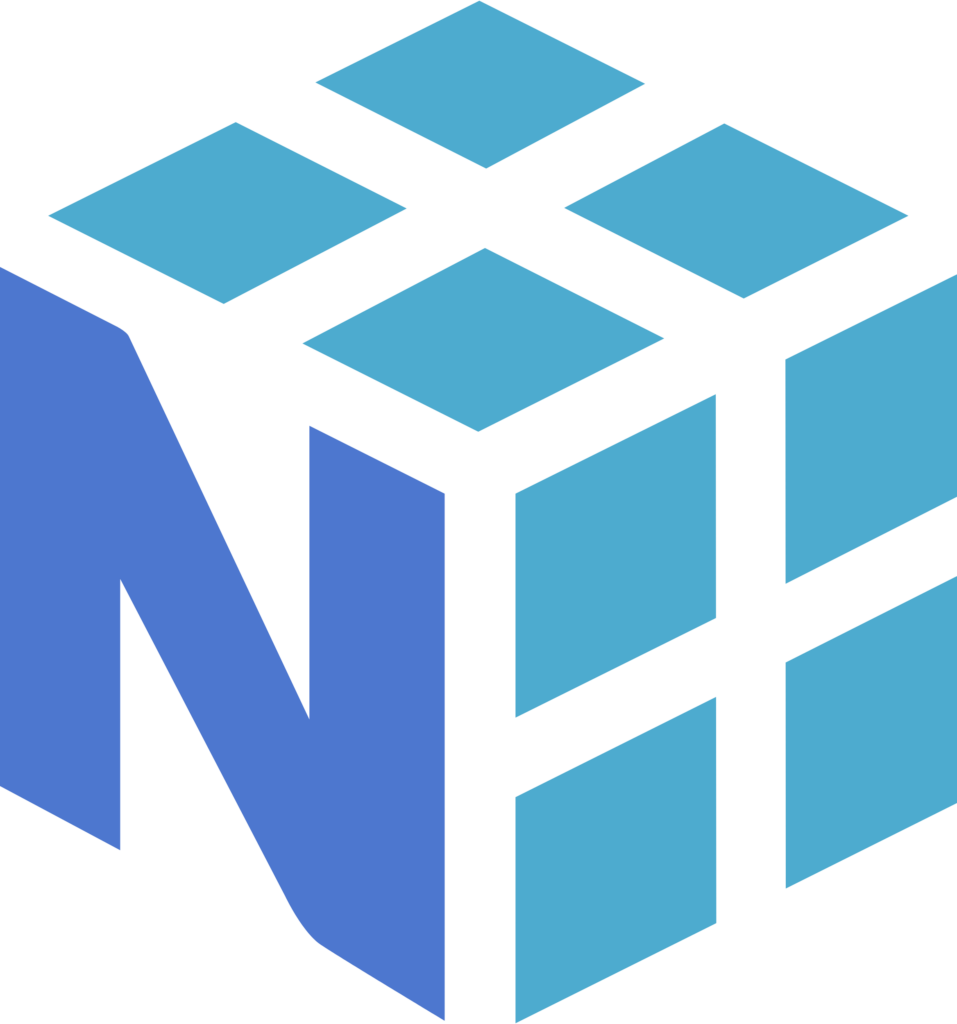
- What It Does: NumPy is a core library in Python for numerical computing, widely used for scientific and mathematical tasks. It introduces an object called ndarray, which stands for “n-dimensional array.” An ndarray is a special type of list in Python, but unlike regular lists, it can store data in multiple dimensions (e.g., 1D, 2D, 3D, etc.), making it incredibly powerful for working with large datasets.
- Why It’s Important: When you’re working with large datasets or complex mathematical tasks, NumPy allows you to manipulate arrays, matrices, and tensors efficiently. It also integrates well with other libraries like Pandas and Matplotlib for data analysis and visualization.
- Real-Life Example: If you’re building a recommendation system that needs to perform matrix operations to calculate the similarity between products, NumPy makes these operations simple and fast.
Pandas: Data Manipulation and Analysis

- What It Does: Pandas makes working with structured data simple and efficient. It provides two key data structures:
- DataFrame (tables with rows and columns)
- Series (a single column of data)
With these, you can clean, analyze, and manipulate data easily—whether it’s filtering rows, modifying values, or performing calculations.
- Why It’s Important: Pandas is great for working with tabular data like CSV files, SQL tables, and spreadsheets. It’s the go-to library when you’re dealing with data cleaning, transforming, and analyzing datasets.
- Real-Life Example: You have a spreadsheet with sales data and want to calculate the average sales per month, filter by region, or find trends in sales over time. Pandas allow you to load the data and perform these tasks quickly and without complex code.
Matplotlib: Data Visualization

- What It Does: Matplotlib is the go-to library for generating plots, charts, and visualizations. From bar charts to line graphs and scatter plots, Matplotlib allows you to plot data and get visual insights.
- Why It’s Important: In data science and analytics, it’s crucial to visualize data patterns to understand the trends, outliers, and correlations better. Matplotlib helps make your data understandable and accessible through visual means.
- Real-Life Example: If you’re tracking website traffic over time, Matplotlib helps you generate a line graph to visualize changes, identify peak traffic days, and assess trends.
Seaborn: Statistical Data Visualization

- What It Does: Seaborn is built on top of Matplotlib and makes it easier to create beautiful, informative statistical visualizations. It integrates closely with Pandas, making it easy to visualize datasets.
- Why It’s Important: Seaborn helps you create more advanced plots like heatmaps, pair plots, and violin plots without needing to write a lot of extra code. It’s ideal for analyzing statistical relationships in data.
- Real-Life Example: Seaborn is perfect for visualizing correlations in a dataset, like income vs education level. Its heatmap function makes it easy to see which variables are most correlated.
Scikit-learn: Machine Learning
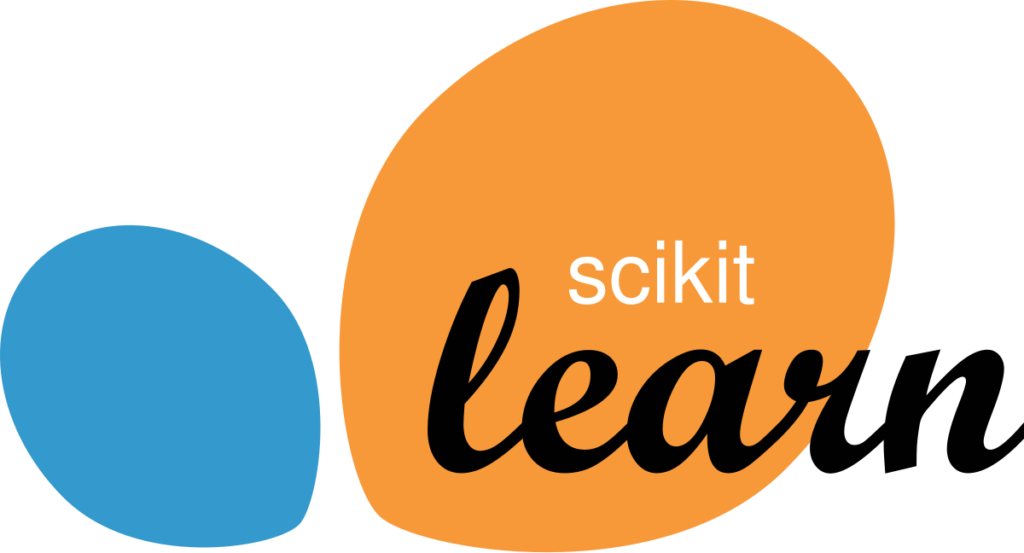
- What It Does: Scikit-learn is a Python library that provides tools for data mining and machine learning. It includes a variety of algorithms for classification, regression, clustering, and more.
- Why It’s Important: If you’re working with data-driven projects, Scikit-learn provides pre-built algorithms to analyze and build predictive models with just a few lines of code.
- Real-Life Example: If you want to create a model to predict customer churn based on historical data, Scikit-learn has the tools to help you implement classification models and evaluate their performance.
2. Deep Learning Libraries
TensorFlow: Deep Learning Framework
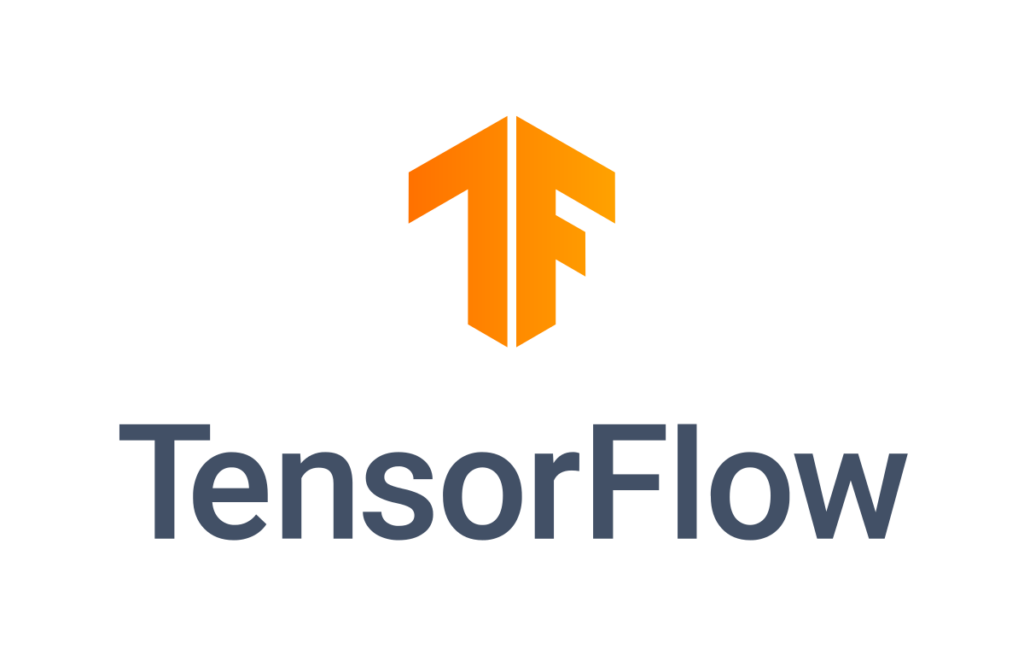
- What It Does: TensorFlow is a powerful open-source library developed by Google that facilitates building and deploying machine learning and deep learning models. It provides an extensive set of tools for everything from simple linear regression models to complex neural networks.
- Why It’s Important: TensorFlow is scalable and used for both small and large projects. It’s excellent for AI development, including building models for image recognition, natural language processing, and more.
- Real-Life Example: TensorFlow is commonly used for creating AI models that can recognize faces in images or recommend products based on browsing behavior.
Want to build deep learning models with TensorFlow? Get started with our Free TensorFlow Course, covering everything from Neural Networks to real-world AI applications. No prior experience is needed! Sign Up Now
PyTorch: Deep Learning Framework

- What It Does: PyTorch is a deep learning library developed by Facebook that offers dynamic computation graphs, which makes it easier for developers to experiment with different model architectures.
- Why It’s Important: PyTorch is more flexible and intuitive than TensorFlow, making it ideal for researchers who want to prototype quickly. It’s increasingly popular in both academia and industry.
- Real-Life Example: PyTorch is widely used for tasks like speech recognition, language modeling, and image segmentation. It powers a lot of state-of-the-art research and is excellent for building cutting-edge AI models.
Learn PyTorch the right way—hands-on, practical, and beginner-friendly! In our Free PyTorch Course, you’ll build Neural Networks, Image Recognition models, and more from scratch. Sign up now and start coding! Enroll for Free
Keras: High-Level Deep Learning API

- What It Does: Keras is a high-level deep learning API that runs on top of TensorFlow. It simplifies the process of building neural networks by abstracting away many complex operations and providing an easy interface.
- Why It’s Important: Keras is perfect for beginners who want to get started with deep learning and quickly build prototypes without diving into the complexities of TensorFlow.
- Real-Life Example: If you want to build a neural network for classifying images from the Fashion MNIST dataset, Keras makes it easier to do that with a simple API.
3. Web Development Libraries
Flask: Micro Web Framework

- What It Does: Flask is a lightweight framework for building web applications in Python. It’s simple to learn, and you can use it to build basic applications and APIs.
- Why It’s Important: Flask is great for beginners because it provides a lot of freedom and flexibility. It doesn’t force you into using predefined structures, making it easy to learn.
- Real-Life Example: If you want to build a simple web app, like a to-do list app, Flask lets you set up routes, handle HTTP requests, and render templates with minimal code.
Django: Full-Stack Web Framework

- What It Does: Django is a high-level Python web framework designed for building large-scale web applications. It comes with everything you need out of the box, including authentication, URL routing, and database management.
- Why It’s Important: If you’re building complex web applications, Django offers a complete solution with features like an admin panel, security tools, and database management.
- Real-Life Example: Django is perfect for building web applications like e-commerce websites or content management systems (CMS).
4. Web Scraping
BeautifulSoup: Web Scraping and HTML Parsing

- What It Does: BeautifulSoup is a library that makes it easy to extract data from HTML and XML files, commonly used in web scraping.
- Why It’s Important: If you need to collect data from web pages—such as product prices, news articles, or job listings—BeautifulSoup provides a simple way to parse and navigate HTML documents.
- Real-Life Example: If you’re collecting real-time prices for products from different e-commerce websites, BeautifulSoup can help you extract and store this data.
5. Computer Vision Libraries
OpenCV: Computer Vision and Image Processing

- What It Does: OpenCV (Open Source Computer Vision Library) is an open-source computer vision library that provides tools for real-time image processing, video analysis, and face recognition.
- Why It’s Important: OpenCV is one of the most popular libraries for computer vision tasks. It’s efficient, fast, and supports a wide variety of image formats and operations.
- Real-Life Example: If you’re creating an app that needs to detect faces in photos or videos, OpenCV will allow you to process the images, detect faces, and track them in real time.
Want a career in AI & Computer Vision? Get started with OpenCV, the world’s most widely used vision library. Our Free Course will teach you everything from image processing to real-world AI applications. Sign up now!
Summary of Libraries
| Library | Application Domain | Primary Use |
| NumPy | Data Science, Scientific Computing | Numerical operations and array manipulation |
| Pandas | Data Science, Data Analysis | Data manipulation and analysis with DataFrames |
| Matplotlib | Data Science, Visualization | Plotting graphs, charts, and visualizing data trends |
| Seaborn | Data Science, Visualization | Creating aesthetically pleasing statistical visualizations |
| Scikit-learn | Machine Learning | Machine learning algorithms for classification, regression, and clustering |
| TensorFlow | Deep Learning, AI | Building and training deep learning models |
| PyTorch | Deep Learning, AI | Dynamic computation graphs for deep learning models |
| Keras | Deep Learning, AI | High-level API for building neural networks quickly |
| Flask | Web Development | Lightweight web framework for small to medium web apps |
| Django | Web Development | Full-stack web framework for building large-scale applications |
| OpenCV | Computer Vision, Image Processing | Image and video processing, facial recognition, object detection |
| BeautifulSoup | Web Scraping | Extracting and parsing data from HTML and XML documents |
Conclusion
As you start your Python journey, libraries are your best friends. They provide powerful, pre-written functions that save you from having to solve common problems from scratch. Whether you’re diving into data science, deep learning, web development, or computer vision, these libraries will significantly speed up your projects and help you create sophisticated solutions.
With the libraries mentioned above, you can easily tackle data analysis, build AI-powered models, create web apps, and process images and videos with minimal effort. Learning to use these libraries is an essential step towards becoming a proficient Python developer, and they’ll open up countless possibilities for your future projects.
As you dive deeper into Python, keep experimenting with these libraries, and soon, you’ll be able to build robust and powerful applications. Happy coding!
FAQ’s
A module is a single Python file that contains functions and classes.
A library is a collection of multiple modules that provide a broader set of functionalities.
For example, NumPy is a library that contains multiple modules for numerical computing.
OpenCV – Computer vision & image processing
Pillow – Image manipulation and enhancement
TensorFlow & PyTorch – AI-based vision models
Tesseract-OCR – Optical character recognition (OCR)
Yes! Most Python libraries are designed to work together. For example:
Pandas + Matplotlib – For analyzing and visualizing data
TensorFlow + OpenCV – For deep learning-based image processing
Yes! Most Python libraries are open-source and free to use. They are maintained by the Python community, research institutions, and tech companies. However, some enterprise versions of these libraries offer premium features.
TensorFlow is a Google-backed deep learning framework known for production-grade deployment.
PyTorch is an open-source framework by Meta that is popular for research and experimentation due to its dynamic computation graph.
Python Docs: https://docs.python.org/
NumPy: https://numpy.org/doc/
Pandas: https://pandas.pydata.org/docs/
Scikit-Learn: https://scikit-learn.org/stable/documentation.html
TensorFlow: https://www.tensorflow.org/
PyTorch: https://pytorch.org/docs/
OpenCV: https://docs.opencv.org/4.x/index.html
The post Top Python Libraries: A Comprehensive Guide appeared first on OpenCV.

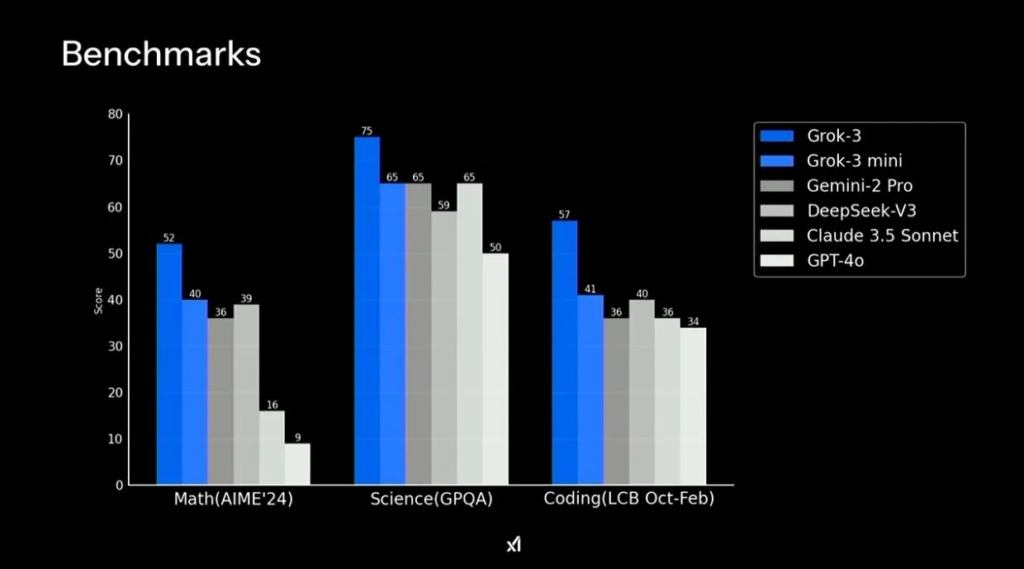
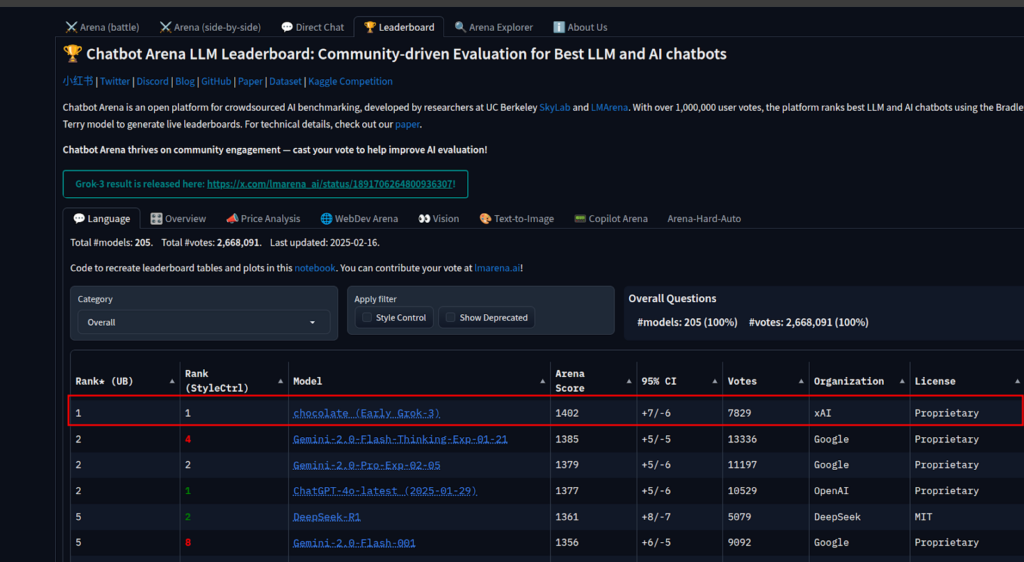
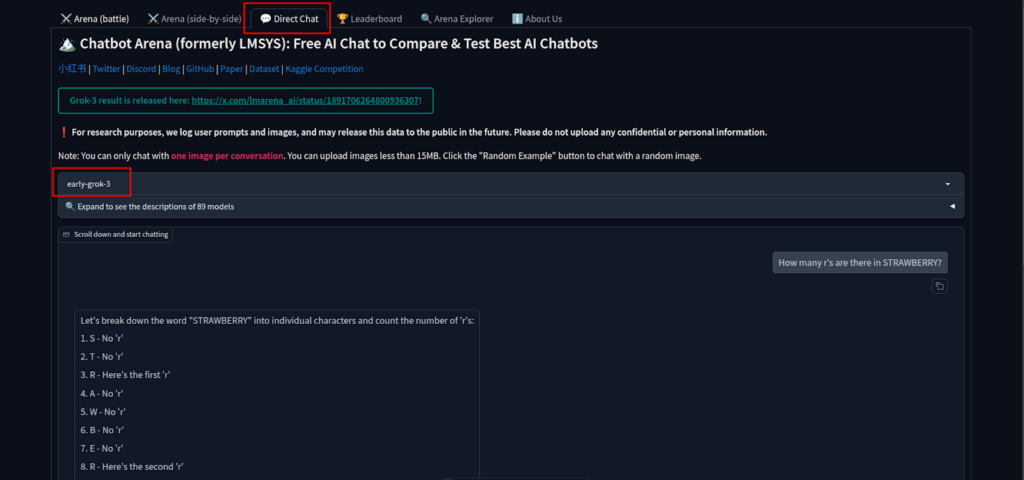
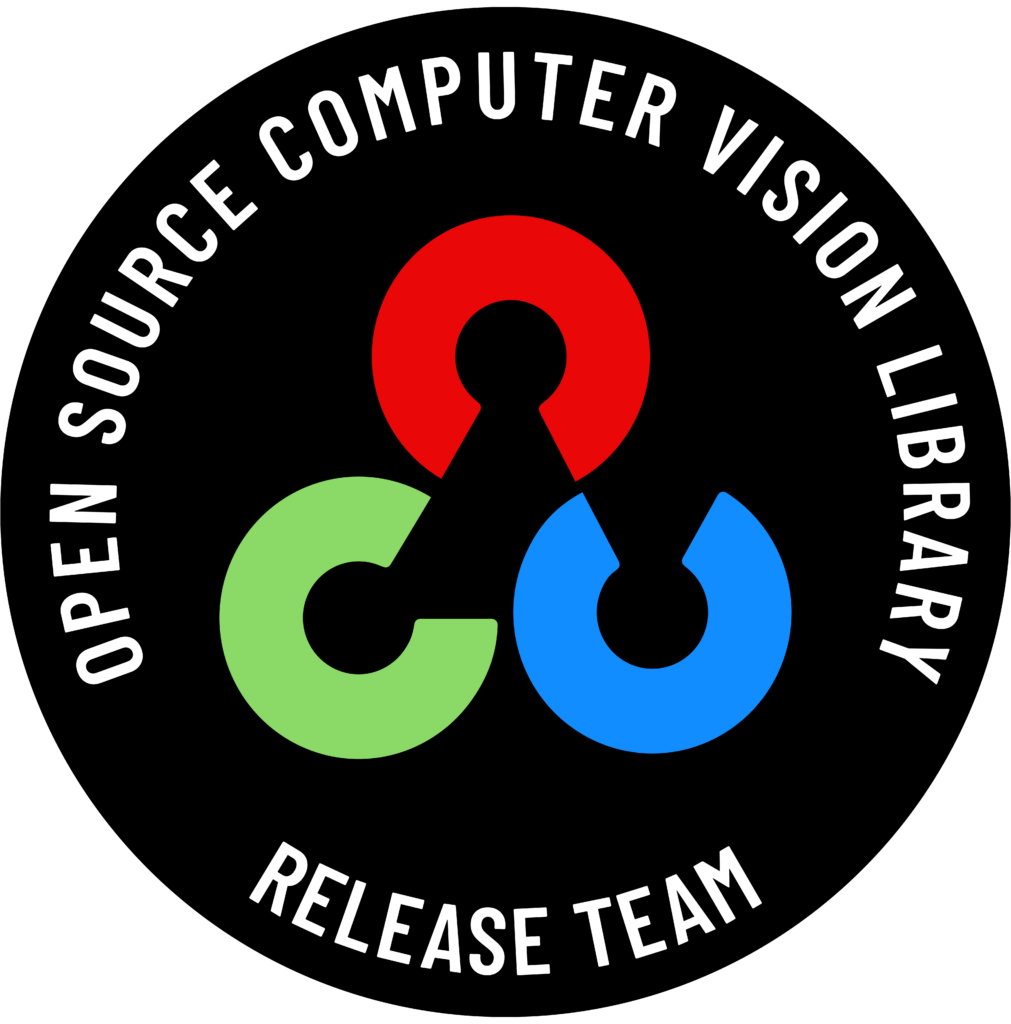
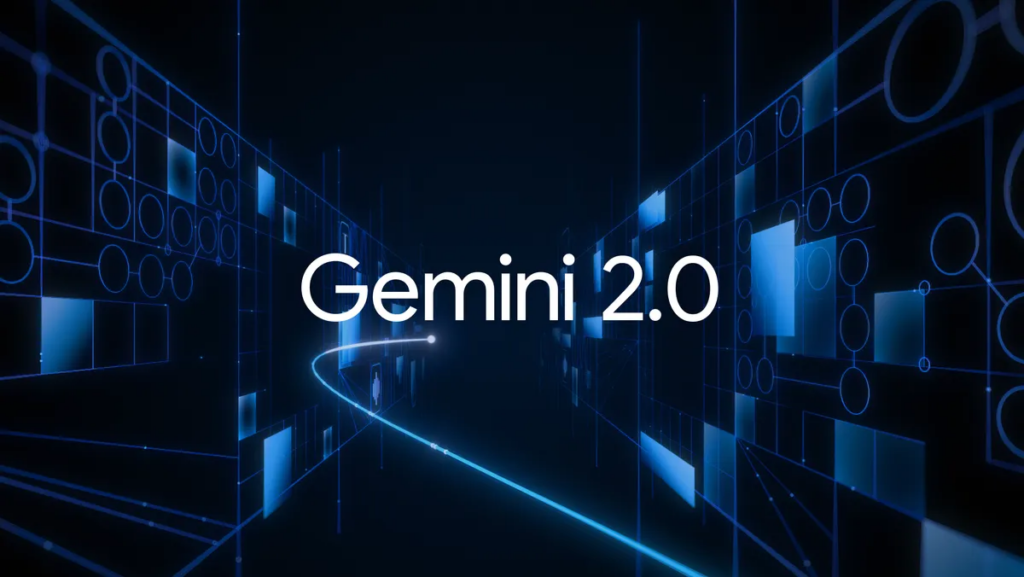
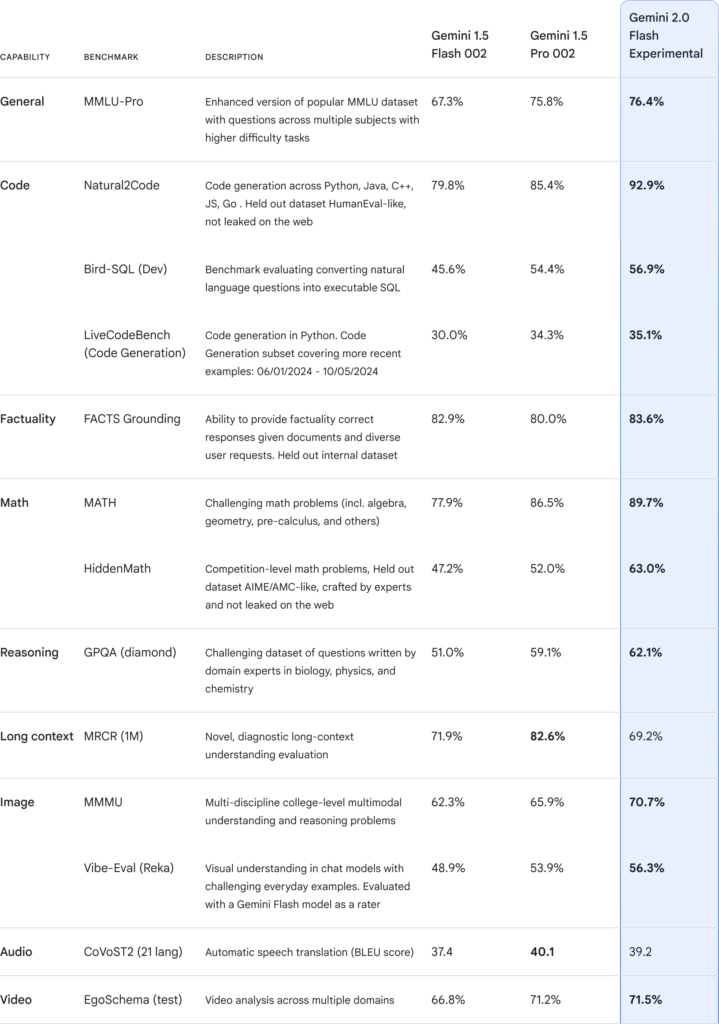
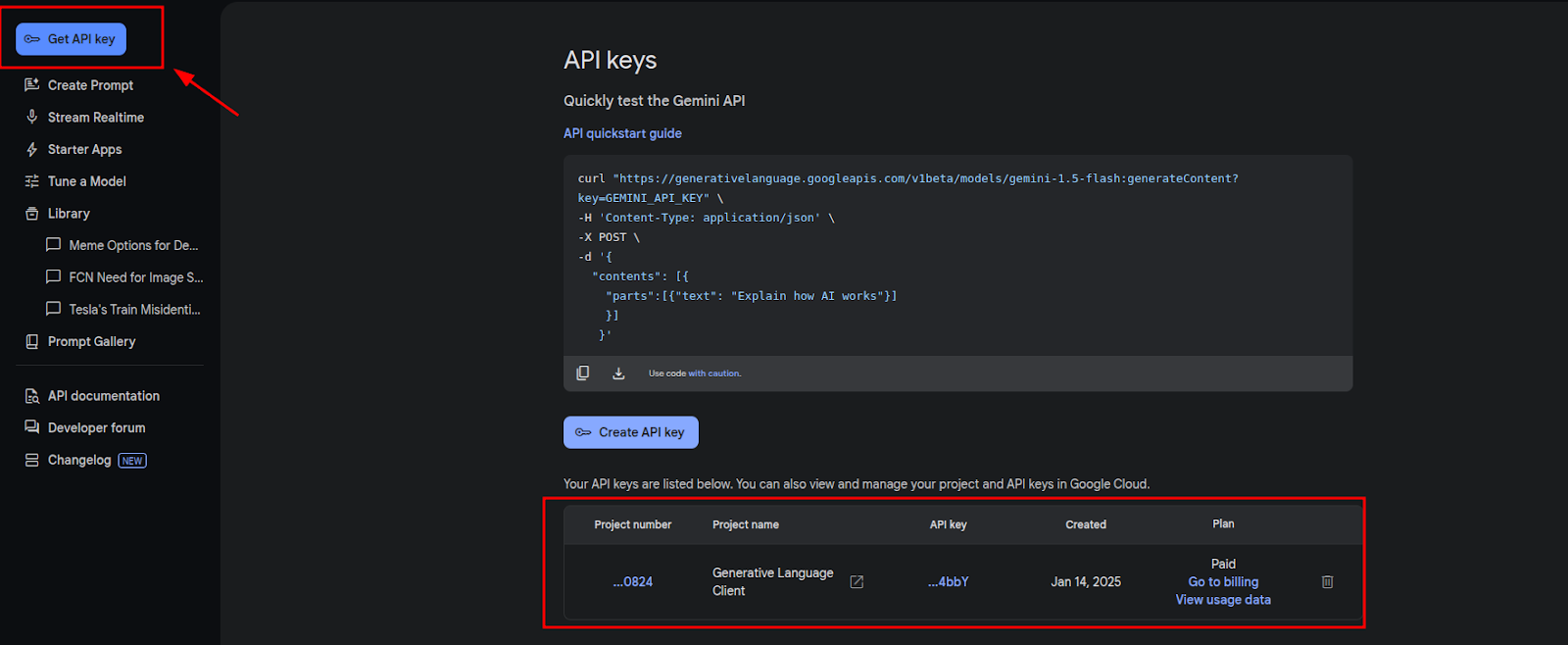
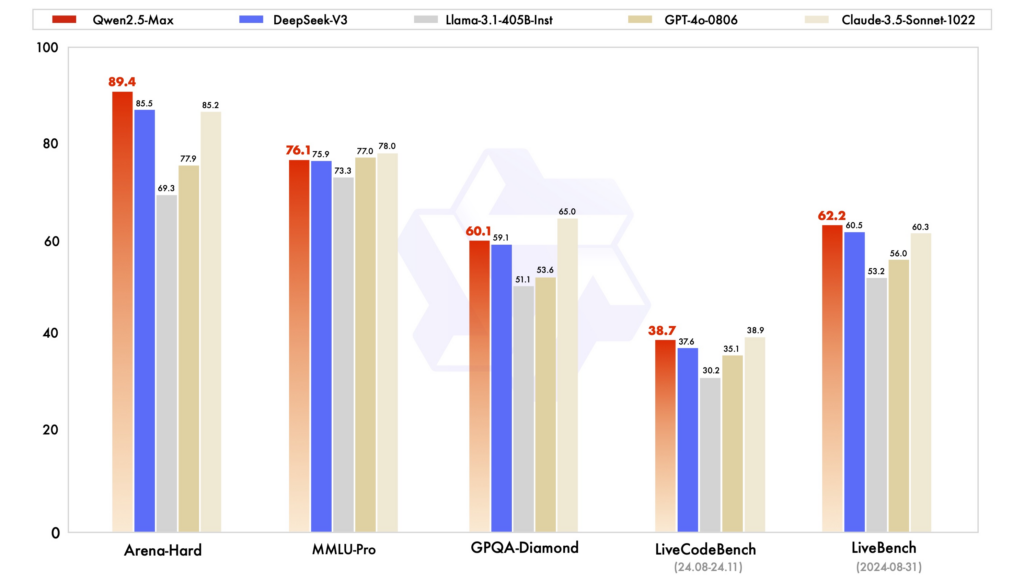
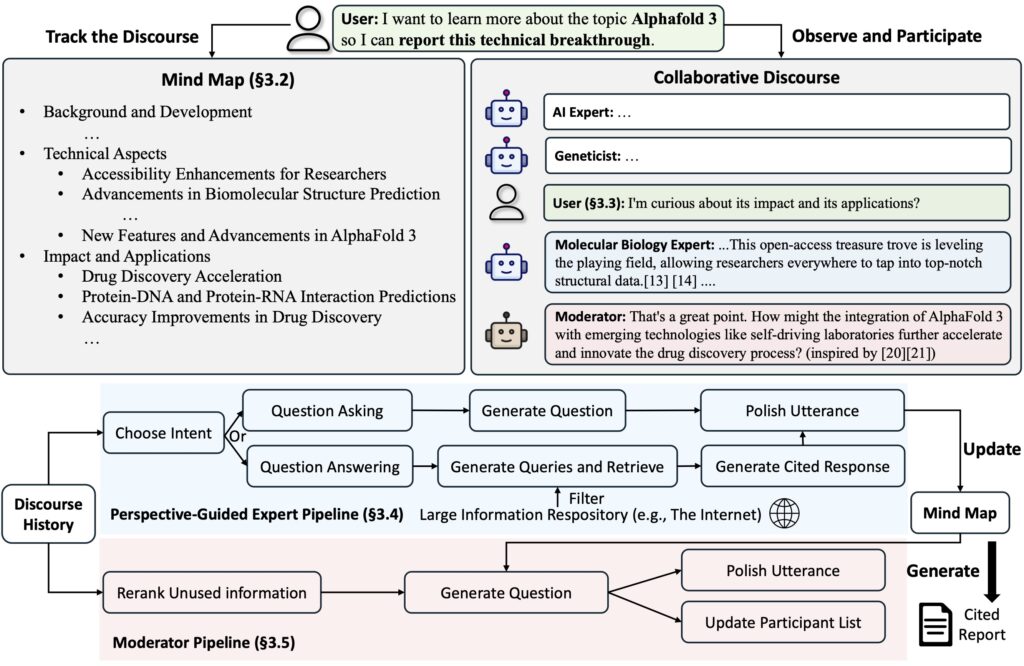
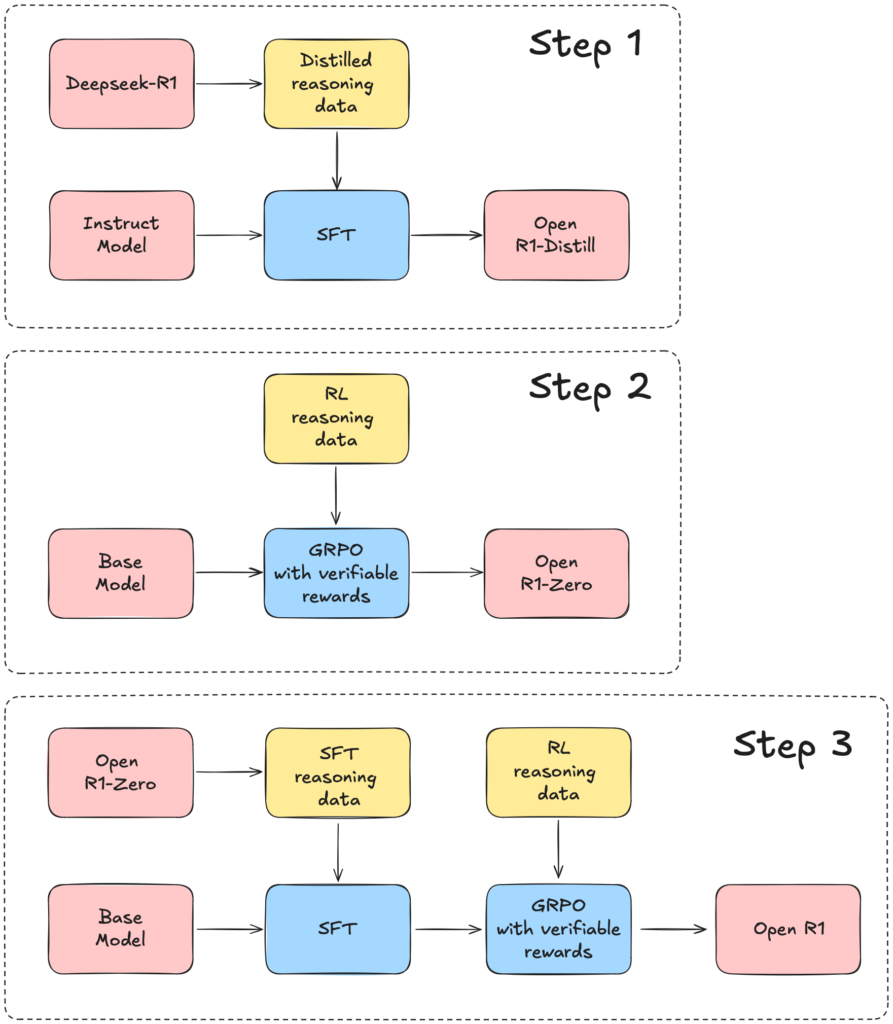
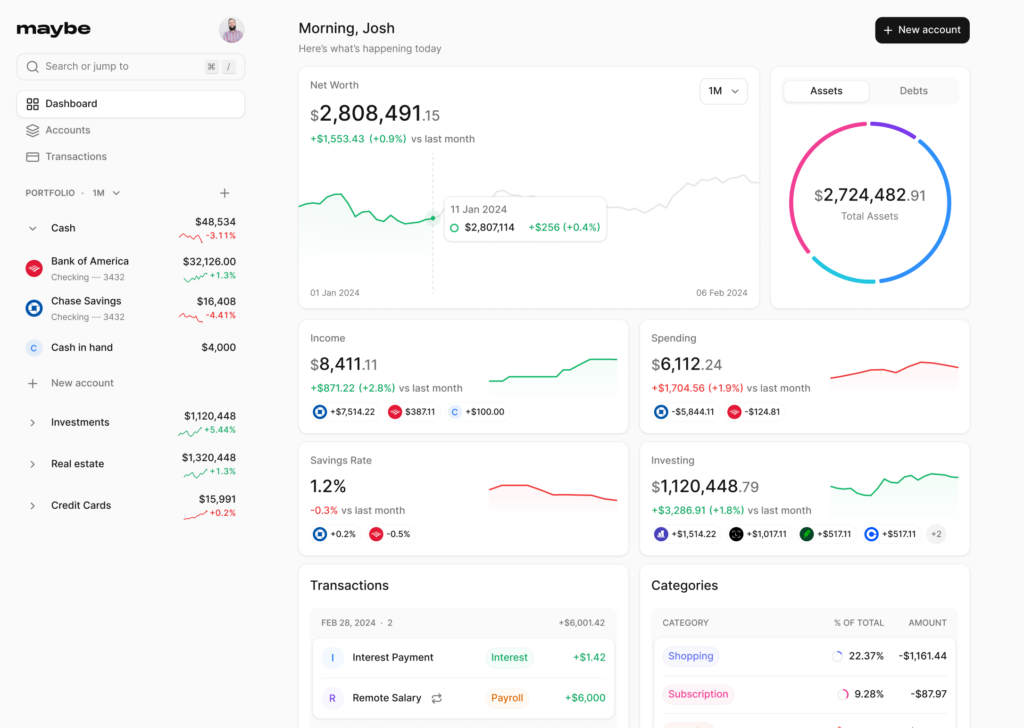
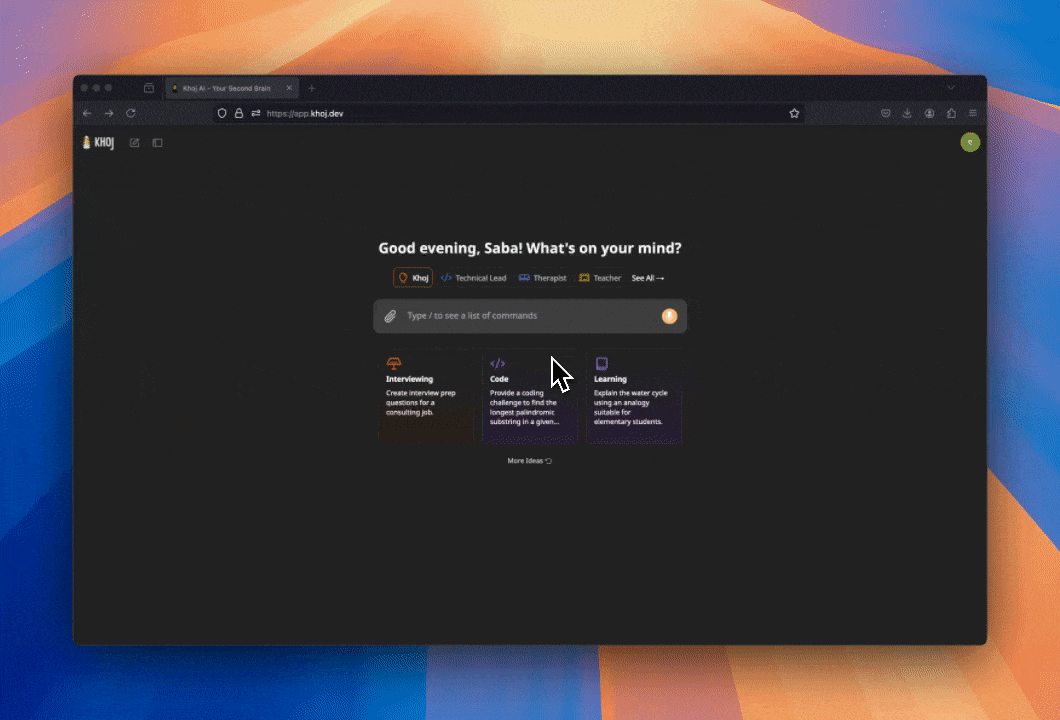
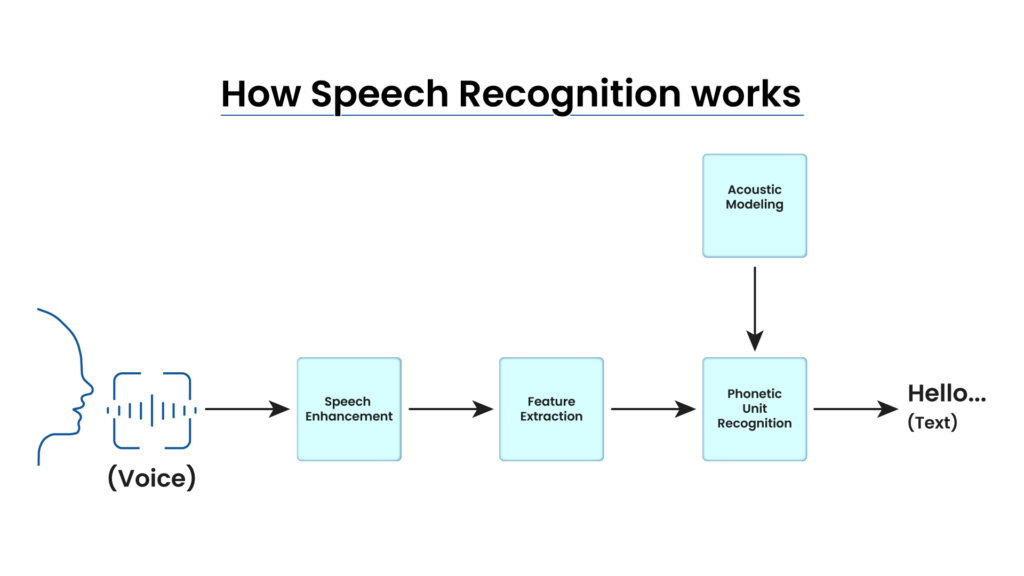
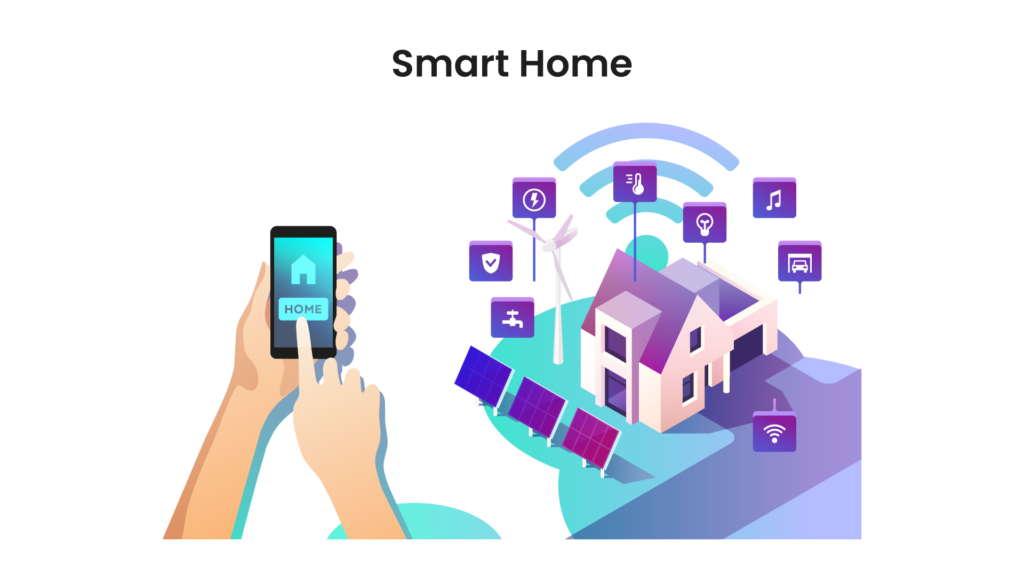
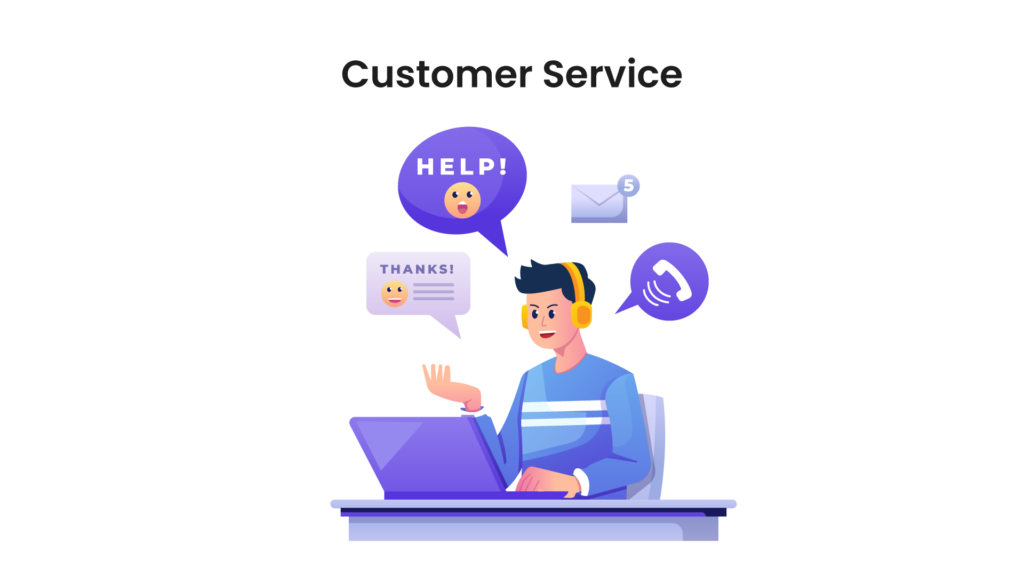

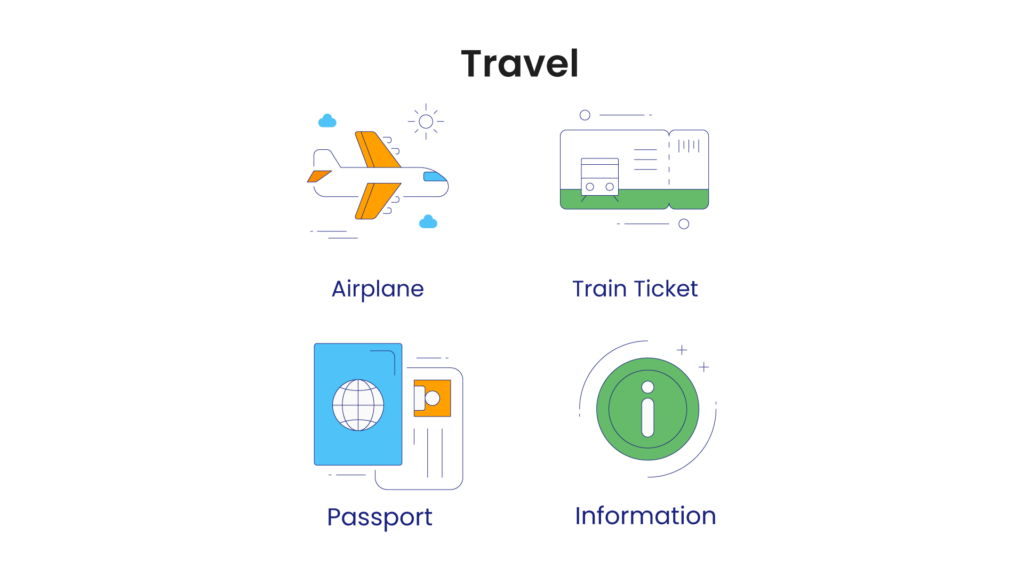
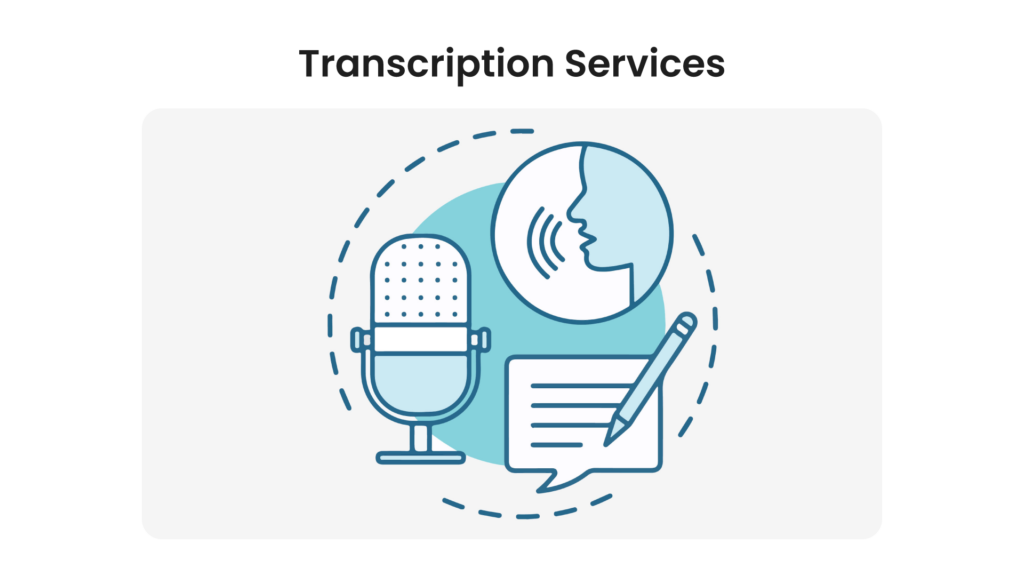
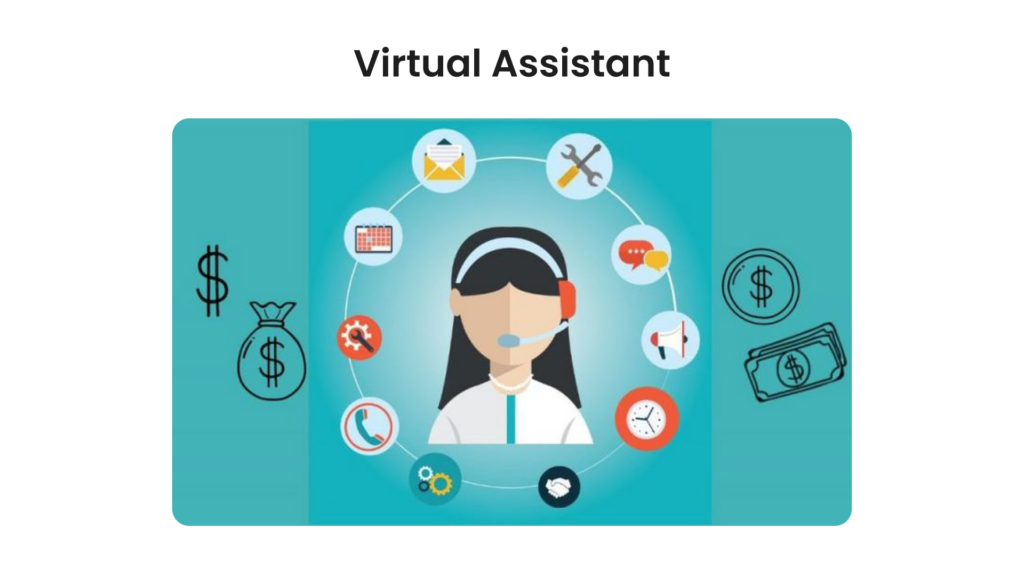
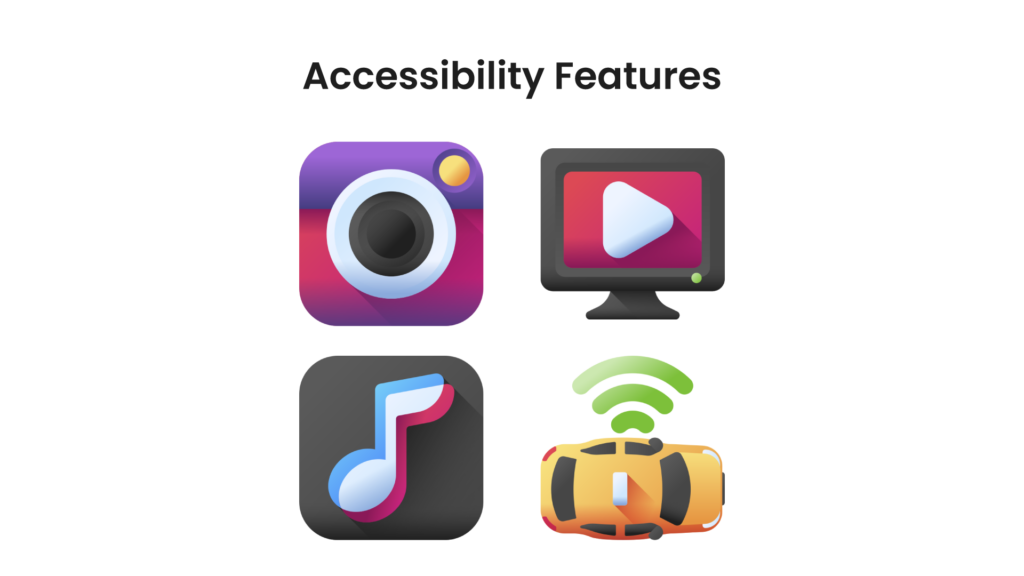
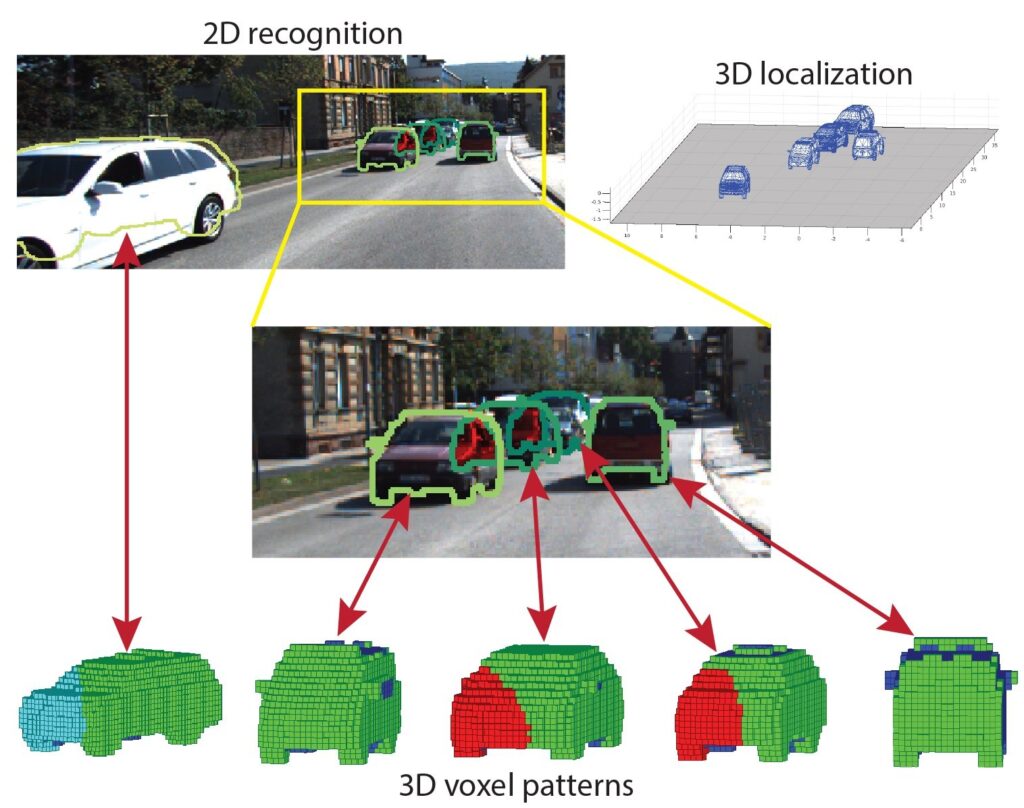
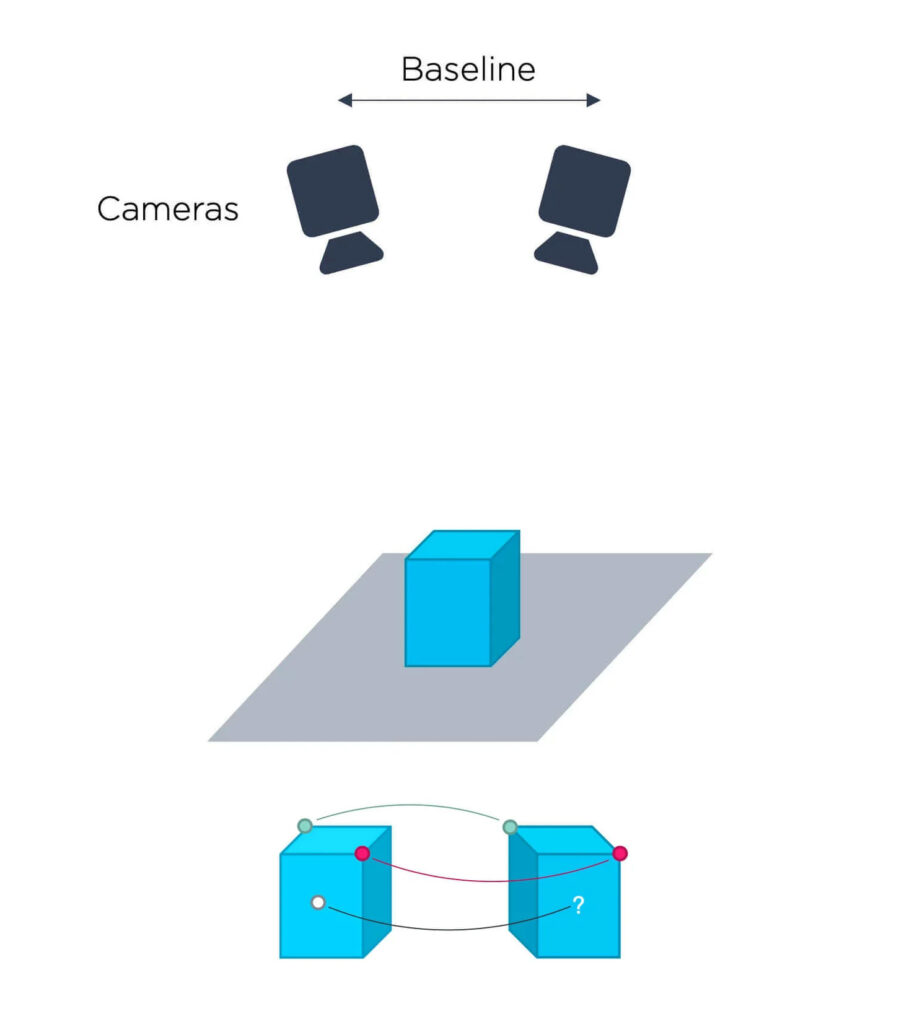
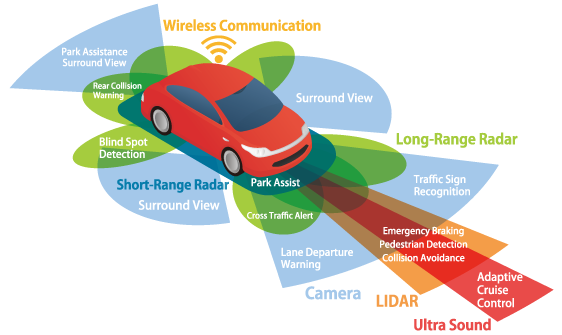







 50 Series GPUs, powered by Blackwell, revolutionize gaming and creative work with significant AI capabilities, enhanced graphics fidelity, and rapid image generation through NVIDIA DLSS 4 and NVIDIA Studio.
50 Series GPUs, powered by Blackwell, revolutionize gaming and creative work with significant AI capabilities, enhanced graphics fidelity, and rapid image generation through NVIDIA DLSS 4 and NVIDIA Studio.
